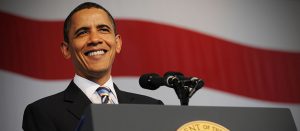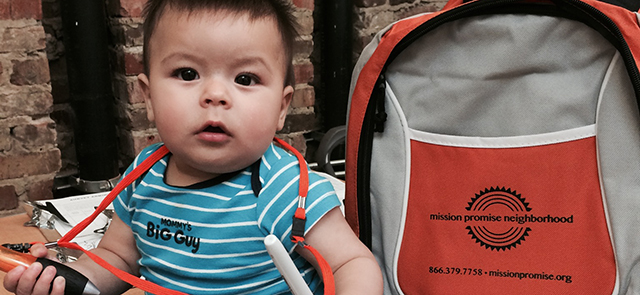Co-authored by:
Director, Mission Promise Neighborhood Richard Raya
Associate Director of Mission Promise Neighborhood Liz Cortez
It’s now an unstoppable national movement: We are collaborating to improve the lives of children, breaking down barriers to build a better future for our next generation.
Mission Promise Neighborhood (MPN) is honored to be accepted into the StriveTogether Network, which comprises nearly 70 cradle-to-career initiatives across the country. Of the 13 million children served by these initiatives, 50 percent are Latinx. MPN is equally honored to moderate the plenary discussion, featuring a keynote by renowned Stacey Abrams, at the national StriveTogether conference in Washington, D.C.
Seven years ago, tapping into the vision of then-President Barack Obama, San Francisco’s MPN became a reality. We decided that the most impactful way for our kids to succeed was to provide wraparound resources to them and their parents along the cradle-to-career continuum, and to build the capacity of parents to be their children’s first and best advocate. Think of it as a two-generation approach.
MPN joined with more than 20 other Mission community-based organizations and aligned with City and school district leaders. We agreed on a common agenda and shared data; we collectively held ourselves accountable to results.
Over the years, this community anti-poverty education initiative saw the following collaborative results:
- Families reporting a medical home for children 0-5 increased from 61 percent in 2016 to 80 percent in 2018.
- 5-year olds who were assessed as kinder-ready increased from 25 percent in 2015 to 45 percent in 2018 at target schools.
- Students testing at or above grade-level in eighth-grade math increased from 30.2 percent in 2015 to 41.8 percent in 2018.
- Students testing at or above grade-level in English Language Arts increased from 22.1 percent in 2013 to 36.2 percent in 2018.
- High school graduation rates, at the MPN target high school, increased from 68 percent in 2012 to 89 percent in 2018, with the greatest increases seen for the Latinx and African American student populations.
We are not the only ones seeing results.
StriveTogether Networks’ initiatives are seeing similar results, creating larger-scale systems by banding together.
Stacey Abrams was the first Black woman to be nominated by a major party for governor (that occurring in Georgia) and the first Black woman to deliver the formal response to the State of the Union address. She also tripled the Latinx, Asian-American and Pacific Islander voter turnout in her state. At this week’s conference, Stacey Abrams will share how community authority and mobilization are crucial to the advocacy and policy work that will improve the lives of children of color, and any of our kids living in poverty.
Over the years, MPN’s host agency, Mission Economic Development Agency (MEDA), learned that it must do more than provide services to achieve systems change. MEDA pivoted to build parent voice and resident participation in the political process, creating a state bill with other California Promise Neighborhoods that, if approved, would legislate the creation of 20 state-funded Promise Neighborhoods. The reasoning behind the bill is that Promise Neighborhoods are “good government”: efficient coordination of services; data sharing among agencies; and accountability to results. This bill, SB 686, has experienced early success, and is currently working its way through the legislative process.
SB 686 is part of a national movement for increased coordination of programs and greater accountability to results along the cradle-to-career continuum. We are grateful for the work that the StriveTogether Network is nationally undertaking to scale this approach, and we are proud to be part of the change.
The theme of this year’s StriveTogether conference is “Unstoppable” — and that’s because we have proved that together we are, indeed, unstoppable.

 by Director, Mission Promise Neighborhood Raquel Donoso
by Director, Mission Promise Neighborhood Raquel Donoso



